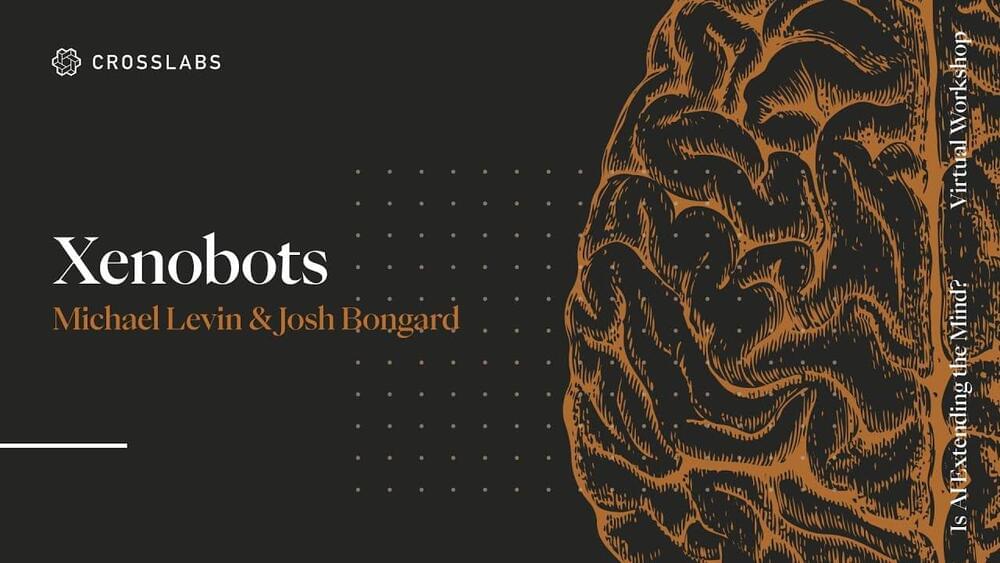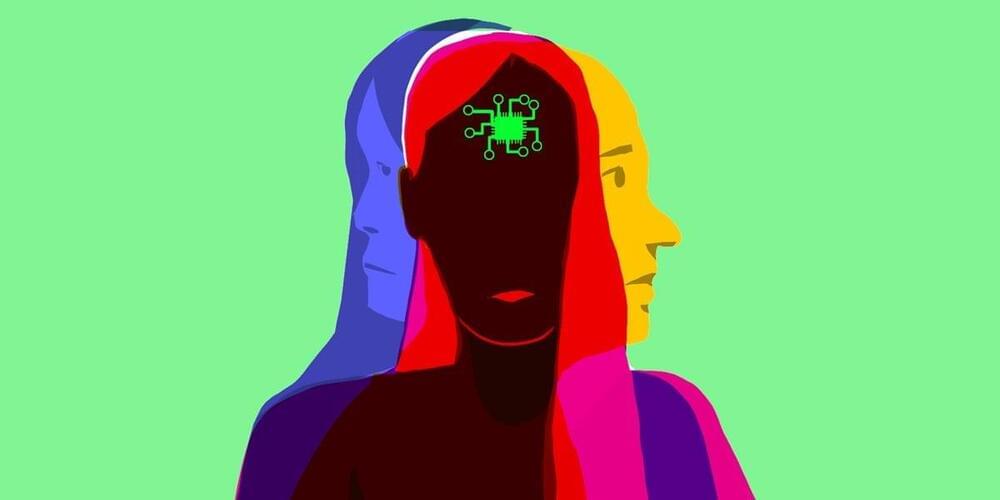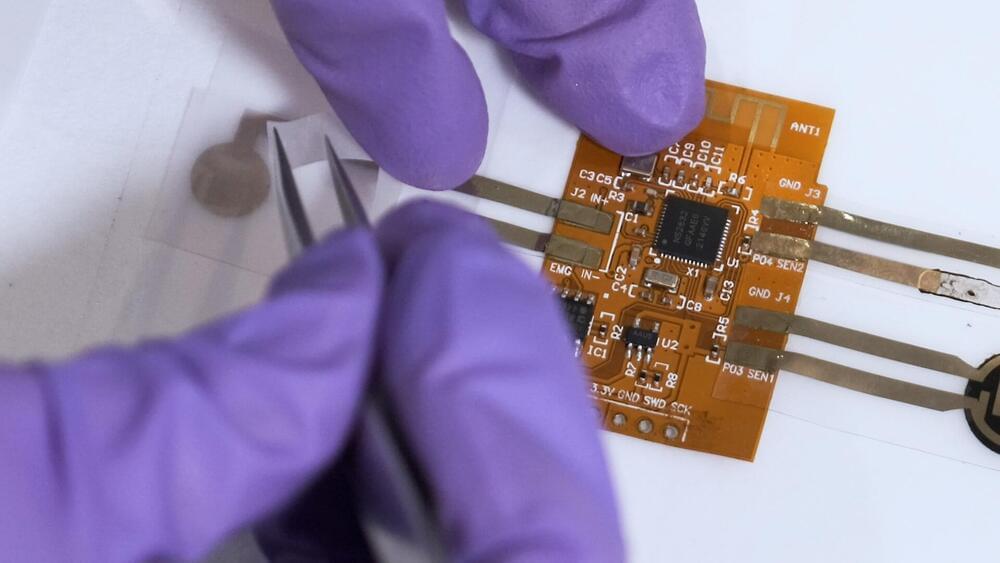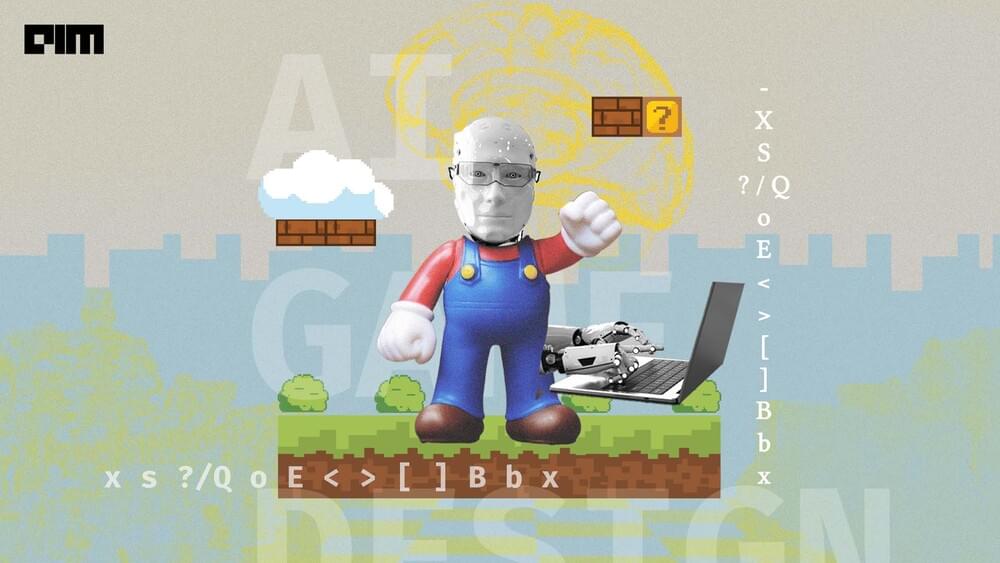But will the bureaucracy get out of its own way?
It’s the twenty-fifth century, and advances in technology have redefined life itself. A person’s consciousness can now be stored in the brain and downloaded into a new body (or “sleeve”), making death nothing more than a minor blip on a screen. Onetime U.N. Envoy Takeshi Kovacs has been killed before, but his last death was particularly painful. Resleeved into a body in Bay City (formerly San Francisco), Kovacs is thrown into the dark heart of a shady, far-reaching conspiracy that is vicious even by the standards of a society that treats existence as something that can be bought and sold. For Kovacs, the shell that blew a hole in his chest was only the beginning.
‘Is AI Extending the Mind?’ is the second annual workshop by Cross Labs, this year held virtually from April 11 – 15, 2022.This workshop expands on our previ…
Over 50 percent of high-mass stars reside in multiple star systems. But due to their complex orbital interactions, physicists have a difficult time understanding just how stable and long-lived these systems are. Recently a team of astronomers applied machine learning techniques to simulations of multiple star systems and found a new way that stars in such systems can arrange themselves.
Classical mechanics has a notorious problem known as the three-body problem. While Newton’s laws of gravity can easily handle calculations of the forces between two objects and their subsequent evolution, there is no known analytic solution when you include a third massive object. In response to that problem, physicists over the centuries have developed various approximation schemes to study these kinds of systems, concluding that the vast majority of possible three-object arrangements are unstable.
But it turns out that there are a lot of multiple-star systems out there in the galaxy. Indeed, over half of all massive stars belong to at least a binary pair, and many of them belong to triple or quadruple star systems. Obviously, the systems last a long time. Otherwise, they would have flung themselves apart a long time ago before we had a chance to observe them. But because of the limitations of our tools, we have difficulty assessing how these systems organize themselves and what stable orbit options exist.
Musk’s company is far from the only group working on brain-computer interfaces, or systems to facilitate direct communication between human brains and external computers. Other researchers have been looking into using BCIs to restore lost senses and control prosthetic limbs, among other applications. While these technologies are still in their infancy, they’ve been around long enough for researchers to increasingly get a sense of how neural implants interact with our minds. As Anna Wexler, an assistant professor of philosophy in the Department of Medical Ethics and Health Policy at the University of Pennsylvania, put it: “Of course it causes changes. The question is what kinds of changes does it cause, and how much do those changes matter?”
An international team led by researchers from Nanyang Technological University, Singapore (NTU Singapore) has developed a universal connector to assemble stretchable devices simply and quickly, in a “Lego-like” manner.
Stretchable devices including soft robots and wearable health care devices are assembled using several different modules with different material characteristics—some soft, some rigid, and some encapsulated.
However, the commercial pastes (glue), currently used to connect the modules often either fail to transmit mechanical and electrical signals reliably when deformed or break easily.
In the search for life on other Earths, astrobiologists should look for signs of photosynthesis, say scientists.
WASHINGTON — When the Pentagon revealed last week that a high-flying, Chinese balloon was spotted over the United States, officials said they didn’t expect the airship would add much value to the intelligence China is already gathering through its network of spy satellites.
“Our best assessment at the moment is that whatever the surveillance payload is on this balloon, it does not create significant value added over and above what the [People’s Republic of China] is likely able to collect through things like satellites in low Earth orbit,” a senior defense official told reporters Feb. 2.
While it’s unclear what information the uncrewed airship gathered before the Pentagon shot it down Feb. 4, experts say balloons loitering at high altitudes can offer some advantages over satellites and drones — or could at least augment their intelligence, surveillance and reconnaissance capabilities.
GitHub has updated the AI model of Copilot, a programming assistant that generates real-time source code and function recommendations in Visual Studio, and says it’s now safer and more powerful.
The company says the new AI model, which will be rolled out to users this week, offers better quality suggestions in a shorter time, further improving the efficiency of software developers using it by increasing the acceptance rate.
CoPilot will introduce a new paradigm called “Fill-In-the-Middle,” which uses a library of known code suffixes and leaves a gap for the AI tool to fill, achieving better relevance and coherence with the rest of the project’s code.









